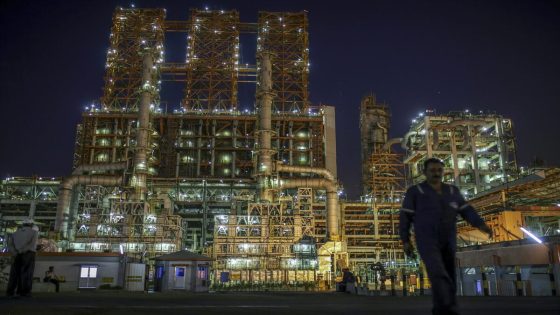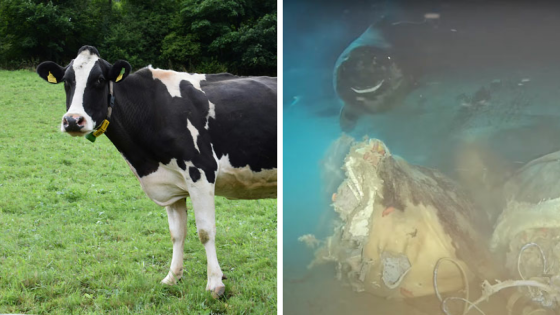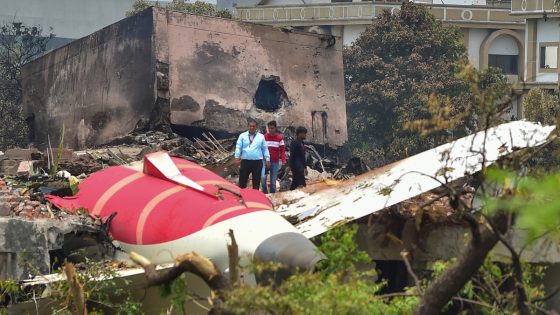Ethiopia has announced the completion of its mega-dam on the Blue Nile, a project that has stirred tensions with Egypt and Sudan. Officially named the Grand Ethiopian Renaissance Dam (GERD), this ambitious initiative began in 2011 with a budget of $4 billion (£2.9 billion) and is now Africa’s largest hydroelectric plant. As of 2025-07-03 19:45:00, Ethiopian Prime Minister Abiy Ahmed emphasized the dam’s potential benefits, urging neighboring countries to view it as a shared opportunity rather than a threat.
- Ethiopia completes mega-dam on Blue Nile
- Dam aims to meet Ethiopia's energy needs
- Egypt and Sudan fear water supply threat
- Abiy Ahmed invites neighbors to inauguration
- Previous talks failed to resolve disputes
- Dam crucial for Ethiopia's electricity access
The dam is crucial for Ethiopia, where approximately 60% of the population lacks reliable electricity. However, Egypt and Sudan express concerns over potential disruptions to their water supply from the Nile, which is vital for their agricultural needs. Ahmed’s invitation to both nations for the dam’s inauguration in September aims to foster dialogue and cooperation.
This situation raises important questions about resource management in the Nile Basin. How can nations collaborate to ensure equitable water distribution? Will Ethiopia’s commitment to dialogue lead to sustainable solutions?
- Ethiopia seeks energy independence through the dam.
- Egypt fears significant agricultural losses due to reduced Nile flow.
- Sudan shares similar water security concerns.
As the region moves forward, fostering dialogue and collaboration will be essential to ensure that all parties benefit from this significant infrastructure project.

































